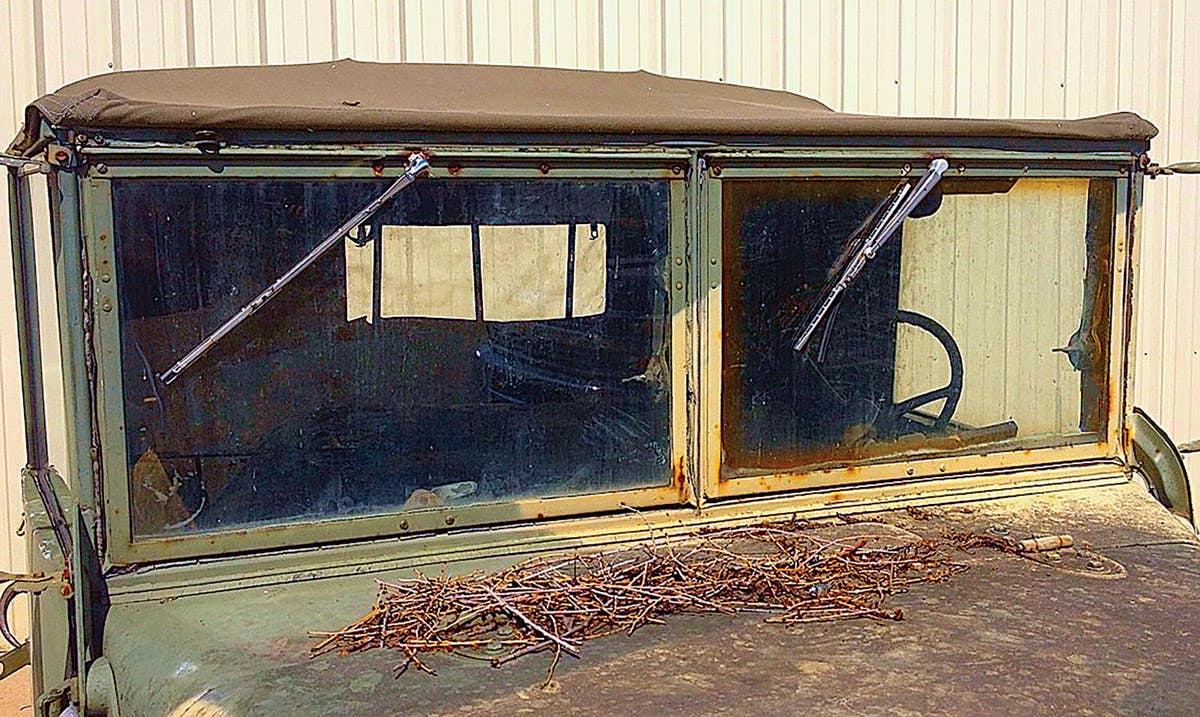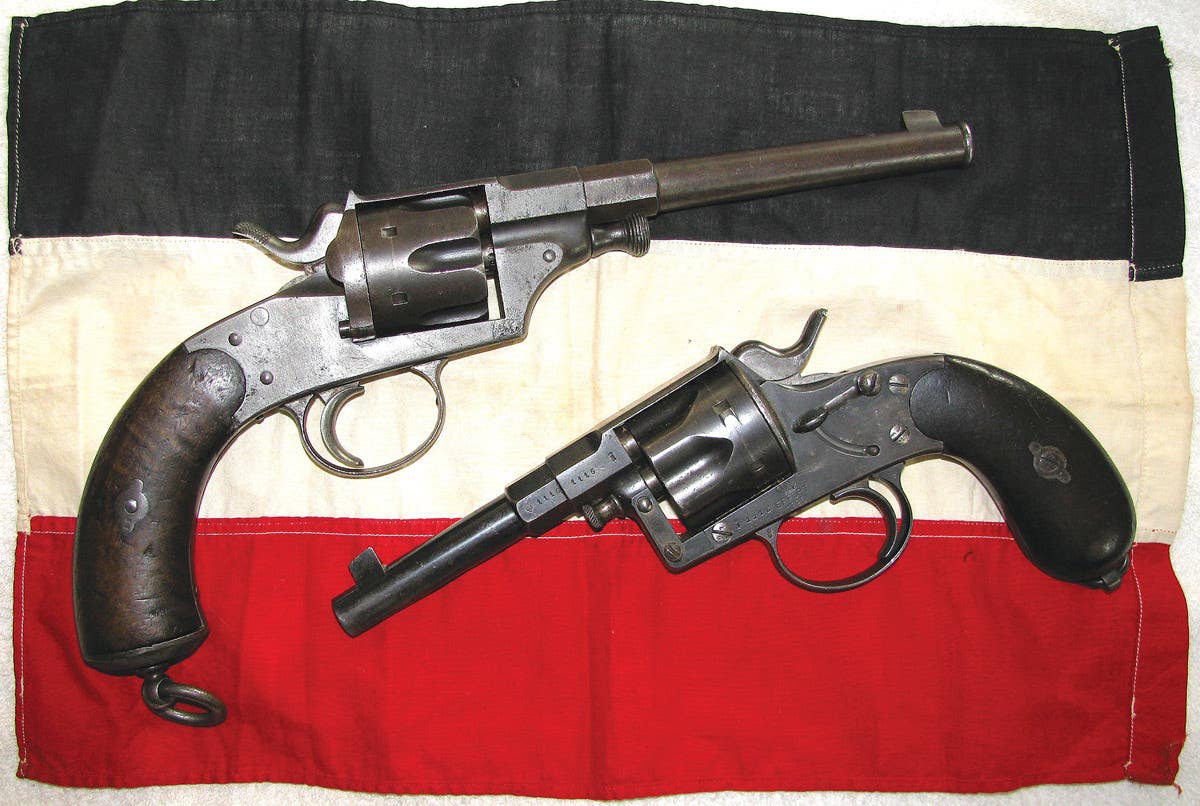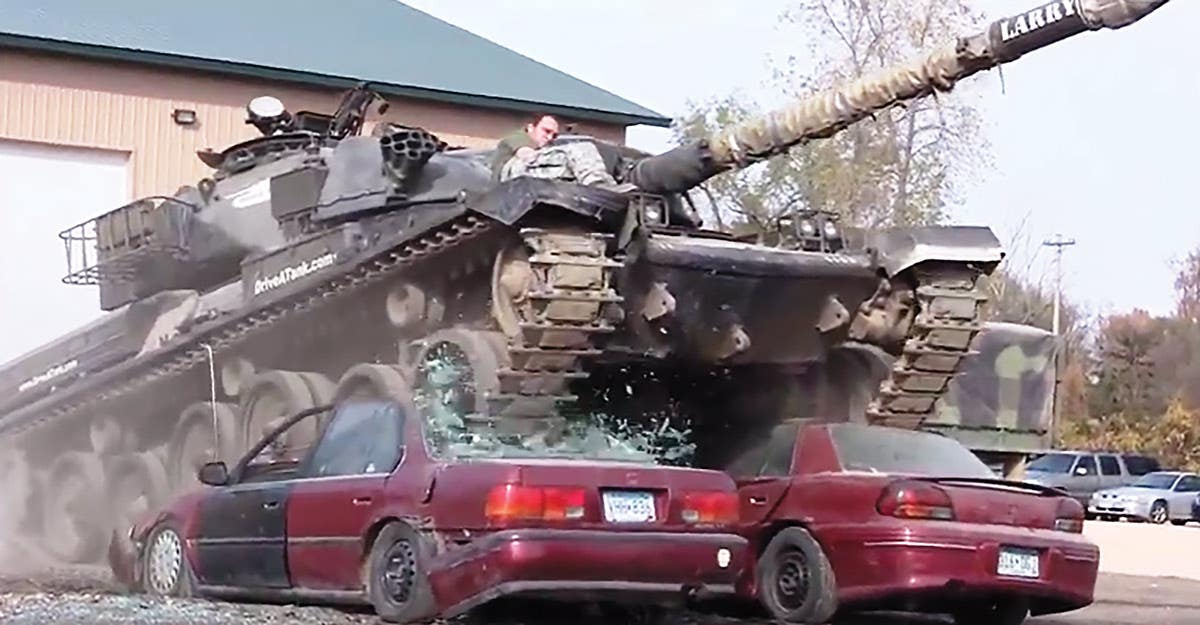Life after WWII: Civilian use of surplus trucks
Military surplus vehicles found a second life in the civilian world after WWII.
For many years after the fighting stopped in September 1945 there was a lot of confusion as to the fate of the thousands of surplus military trucks. It is probably good for those of us who are interested in those vehicles today to learn some of what transpired then and just how they ended up in civilian hands.
As a person who spent his professional life studying and teaching history, I wish someone had recorded what went on then. Now, it is almost too late for research into that era because the individuals involved have almost all passed away.
I was born during WWII. I always joked I wasn’t “born “but was “issued Army surplus.” Though I lived during that time, I only learned some of what took place as I was very young.
G-506s SOLD IN LOTS
After WWII, rural areas looked at surplus military vehicles as saviors. By the time the war ended, most civilian trucks were genuinely worn out. They had barely survived the Great Depression decade since money was not available for new vehicles and because of the lack of new trucks during the war years meant agricultural interests were almost desperate.
The problem was that individuals could not buy items surplus. A family friend who had a large Idaho dry land grain operation went to a surplus center in Toulle, Utah. He found out that trucks in the size he and others in our area needed were sold in groups of a dozen or so. Large surplus dealers from the eastern part of the country became owners of most of them.
At a great risk to himself — since he didn’t know if he could find individual buyers from fellow farmers — he bought two lots of mostly Chevrolet 1-1/2- ton trucks. All had to be driven the 300+ miles home ,so it took quite some time getting them all there.
5-TON INTERNATIONAL SOLD INDIVIDUALLY
Years later he told me that the only trucks being sold individually were cab-over-engine 5-ton International H-542-11 semi tractors. There were ten or twelve available. He jokingly told me that he figured, “What the Heck? I’ve already stuck my neck out. So I bought one!”
He built a huge semi trailer to use with the truck. For years, he transported two D6 and one D4 Caterpillar tractors back and forth to his far-flung operation. He can testify that the trucks’s top speed is 38 miles per hour (which means its “cruising” speed is something like 20 mph). He told me he questioned himself about buying the truck many times on the long drawn-out trip from Touella into south central Idaho.
I happen to own that truck today, having bought it when he quit farming.
NO MARKINGS ON SURPLUS SALES
Theft of surplus items was a major problem almost everywhere. Because of that, civilian buyers were told, in no uncertain terms, that since the individual trucks were widely dispersed after they left government hands, all military markings had to be obliterated.
Whatever paper work that went to the initial surplus sale obviously wouldn’t be in the hands of the final owner. To prove the surplus vehicle was now legitimately no longer owned by Uncle Sam, no white stars, hood registration numbers, or other military external markings were to be visible.
As a kid, I remember seeing old army trucks with ugly blotches on the hoods and sides where owners used anything handy to block out the government markings.
Anyone who had the ability to paint a whole truck usually did so. Olive drab was not a favorite color.
In my experience dealing with all sorts of surplus WWII vehicles, industrial yellow seems to have been the most common repaint color. Red comes in second.
Since preparation for paint was rarely done — the truck was just cleaned up to start with — the paint applied in those days stayed on for a decade or so. When vehicle enthusiasts like me obtained an old truck, the poorly applied repaint —any that was still there — proved to be easily removed with a steam cleaner. A high pressure washer would remove some, but a commercial steam cleaner almost always returned the old vehicles to its olive drab origins. I’ve had good success doing this with more than a dozen WWII vehicles.
STUDEBAKER US6 TRUCK “TWIN PACKS”
Some surplus trucks were sold “brand new.” For example, the Studebaker US6 tandem axle trucks that had been crated up to go to Russia but didn’t after Lend-Lease was shut off, were sold for bargain prices. The $1,600+ price was pretty steep back in the late 1940s, but far from what Uncle Sam paid for them.
I have one of those trucks that was purchased by a farmer (actually 2 farmers bought two trucks that were crated as “twin packs”). He had reassembled it and used it on his farm. He kept it in a shed and cared for it meticulously. When I got it in 1992, it was almost like new.
There are stories of other trucks, even jeeps, that were bought after the war that were new or almost so.
American tax payers paid for all military stuff originally, so it was only proper that some of those same people should be able to get a good deal on items they needed. It sure beat dumping it in the ocean!
Probably, a complete record of the distribution of surplus stuff will never be written. In spite of the government not having any mechanism to handle the large amount of surplus material following WWII, it sorted itself out in a few years. Still today, we are experiencing some enjoyment from those early surplus sales.
*As an Amazon Associate, Military Trader / Military Vehicles earns from qualifying purchases.








